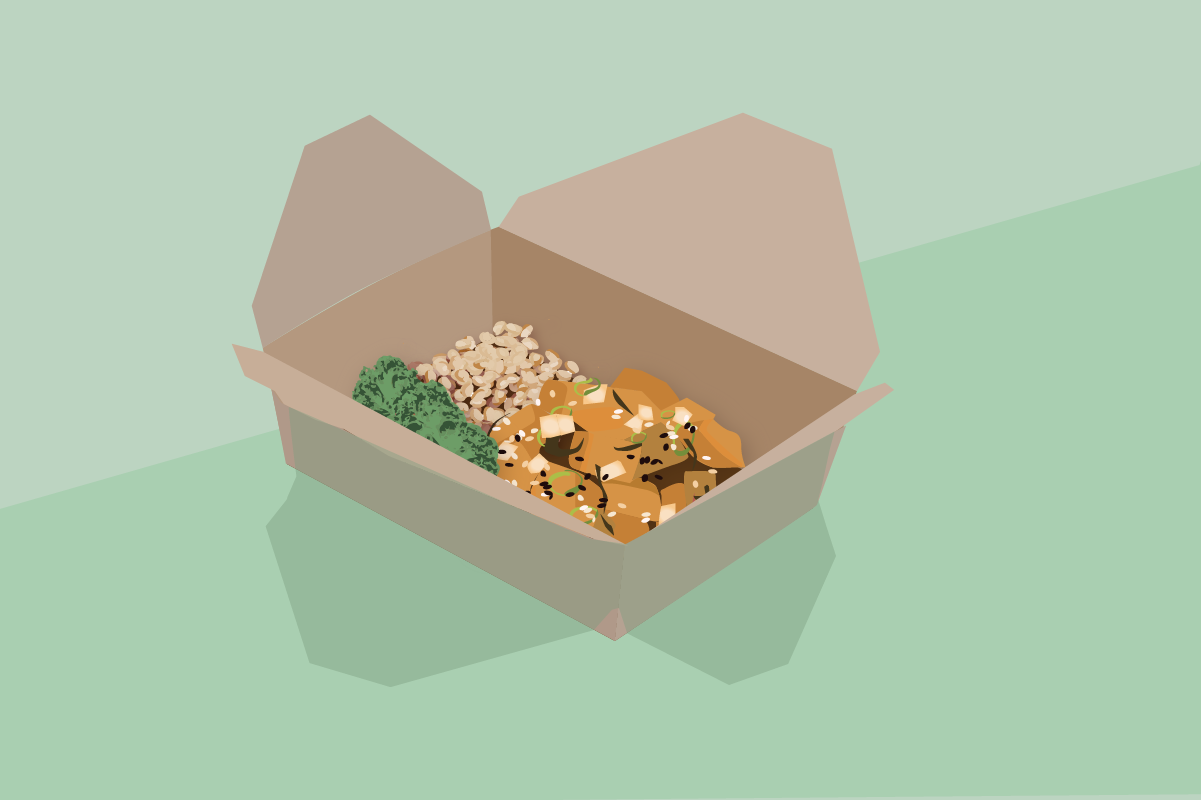13 Whole Foods Secrets No One Will Tell You
A former employee dishes on the best ways to shop at Whole Foods to make the experience easier, faster, and more affordable.
Published Feb 21, 2017 5:00 AM
We may earn revenue from the products available on this page and participate in affiliate programs.
Shopping at Whole Foods doesn’t have to cost your “whole paycheck,” and it can actually be a pretty lush experience. I worked at Whole Foods for four years, so I know all the ins and outs. Whole Foods employees are trained to go out of their way for you, and they will (some more than others)—a coworker of mine tied a customer’s shoe when asked. It’s also possible to shop at Whole Foods in a way that’s totally affordable. Here are some tips to get the most for your money and maybe snag a few freebies along the way.
1. You can sample anything: prepared foods, packaged grocery items, body care. Ask an employee in the associated department or at the customer service desk, and they’ll accommodate you.
2. In line with sampling, the produce department will cut any fruit for you. They’ll slice up a pineapple or open a coconut.
3. You can return anything. If you bought some raspberries that went bad after a day, return them. Food products don’t even need to be brought back to the store with you. Just bring your receipt and tell the customer service worker what happened. You can also return body care items after you’ve tried them. You can usually return something for store credit with no receipt, but if you save your receipts there shouldn’t be a problem with any returns.
4. If you shop the store brand, Whole Foods 365 and 365 Organic, your bill will be comparable to a conventional grocery store.
5. Pre-cut cheese in the specialty department can be re-cut. Just ask at the cheese counter if you’d rather buy a smaller piece.
6. When a particular grocery, supplement, or body care item is on sale, the tag details the date range of the sale. Go to the store early in the morning the day after the sale has ended, and the sale tag may still be up. If that item rings up at a different price than what’s marked on the tag, it’s free!
7. Conventional vs. Organic—want organic at conventional prices? Find the pieces of fruit that don’t have a PLU sticker. If a produce PLU has a 9 in front of the number, it’s organic. No 9, it’s conventional.
8. Whole Foods offers a case discount of 10% off—even on alcohol. (There are typically 6 bottles of wine in a case.) This is also great for canned goods or pantry items that you buy consistently. Just ask an employee how many are in a case, and make sure to remind your cashier that you’re getting the case discount.
9. Employees can place special orders for you. If your local store doesn’t carry a particular brand or product that other stores in your region carry, they can easily order those products to be delivered to your preferred store location.
10. Getting lunch at the hot bar? When a dish is in a larger pan, that means it’s fresher. Food gets transferred to smaller pans as it dwindles.
11. Get friendly with the employees. They are trained to serve you and keep you happy, but naturally you’ll get a lot further if you’re polite. Don’t be ridiculous, but if you need something, just ask.
12. If you’re shopping for a special diet (gluten free, dairy free, etc.), they’ve got printed out guides available at the customer service desk. Some stores can even provide a knowledgeable employee to help you with your shopping.
13. Whole Foods has a lot of talent in the floral department, especially at city stores. They can make custom arrangements for you, and you can even have a gift basket made with specialty foods, chocolates, or body care items to accompany your flowers.
Get more insider Whole Foods intel:
Whole Foods’ First Restaurant Is Here & People Love It
9 Customer Habits That Drive Whole Foods Employees Crazy
10 Things Whole Foods Employees Always Buy—and You Should, Too
